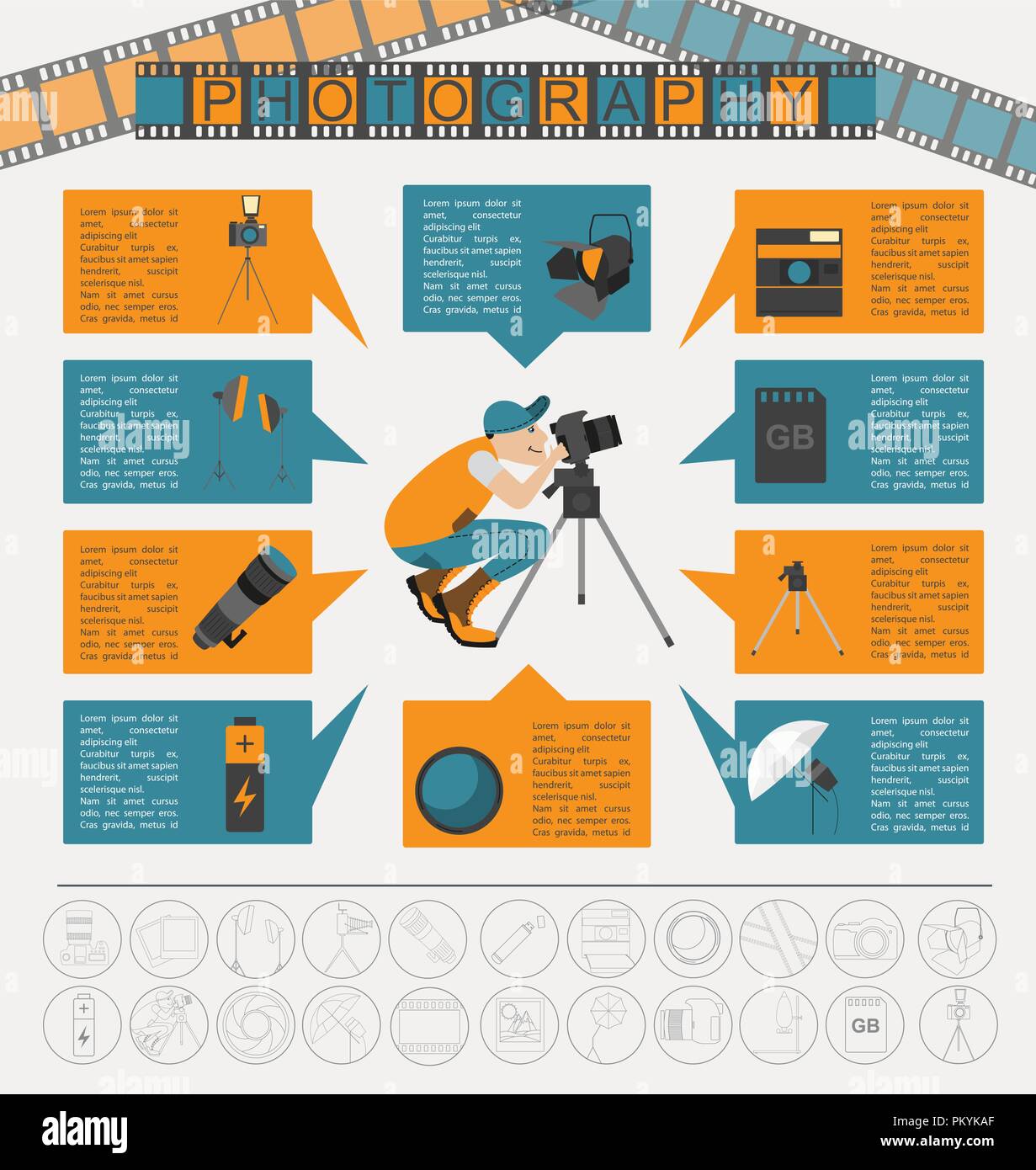What Every Photographer Must Know About Lights
What Every Photographer Must Know About Lights
Blog Article
Content Author-Boone Godwin
As a photographer, you understand that lighting can make or break your images. Comprehending the subtleties of both all-natural and synthetic light is crucial for recording the state of mind and clearness you aim for in your job. Whether you're going after the perfect gold hour radiance or fine-tuning your synthetic configurations, mastering these aspects can boost your photography dramatically. However there are common pitfalls that numerous neglect, and recognizing them can transform your approach to every shoot. Allow's discover what you may be missing and just how it can affect your outcomes.
Recognizing Natural Light
Understanding all-natural light is crucial for any type of professional photographer seeking to boost their job. It's the foundation of terrific digital photography, influencing state of mind, tone, and clarity. When you fire outdoors, focus on the moment of day. The gold hour-- quickly after daybreak and before sundown-- offers soft, cozy light that can change common scenes into spectacular pictures.
http://lauren9leo.booklikes.com/post/6560869/discover-to-reveal-your-special-photo-design-by-checking-out-influences-and-methods-however-what-unexpected-explorations-await-you-on-this-imaginative-trip ignore the power of overcast days. Cloud cover diffuses sunshine, producing a soft, also light that's excellent for pictures and macro photography. You'll locate shades pop in this sort of illumination without harsh darkness.
Positioning matters, as well. Constantly consider your subject's alignment to the light source. If the sunlight's behind your subject, you might end up with a silhouette, which can be significant but mightn't be what you want. On https://www.theatlantic.com/technology/archive/2018/11/influencers-are-now-monetizing-custom-photo-filters/575686/ , straight sunlight can produce uncomplimentary shadows.
Try out angles; sometimes, transforming your perspective can yield amazing outcomes. Usage all-natural reflectors, like water or sand, to jump light onto your subject, adding dimension.
Learning Artificial Light
Grasping man-made light is essential for digital photographers who wish to take their skills to the next level. Whether you're making use of speedlights, workshop strobes, or continuous lights, understanding exactly how to control these sources can substantially boost your pictures.
Beginning by familiarizing on your own with the fundamentals of light high quality, direction, and color temperature. Explore different modifiers like softboxes, umbrellas, or grids to manage the soft qualities or cruelty of the light.
You'll find that soft light usually produces complementary outcomes, while harsher light can include dramatization and deepness. Don't shy away from shadows; they can enhance the three-dimensionality of your subjects.
Pay very close attention to the positioning of your lights. A light positioned as well close to your subject can develop unflattering outcomes, while also far away can lead to an absence of information. Use a light meter or your electronic camera's pie chart to ensure you're subjecting appropriately.
Last but not least, remember that synthetic light can be combined with ambient light for creative results. Balancing these sources could take technique, but once you master it, your photography will absolutely radiate.
Techniques for Various Scenarios
When you step into various capturing scenarios, adapting your illumination strategies is crucial for catching the best pictures. For outdoor portraits, make use of the gold hour-- early morning or late afternoon light-- to soften shadows and boost skin tones.
If it's a severe lunchtime sunlight, take into consideration making use of a reflector to jump light back onto your subject or seek shaded areas for a much more also direct exposure.
In low-light circumstances, like indoor events, enhance your ISO and use a large aperture to allow in more light. A tripod can help get rid of camera shake, permitting longer direct exposures without obscuring.
If you're contending night, explore off-camera flash to produce dynamic lighting and deepness in your photos.
For product photography, make use of diffused illumination to prevent harsh representations. https://telegra.ph/Easy-Ways-To-Boost-Your-Portrait-Digital-Photography-01-08-3 or light camping tents can help attain this result.
When photographing landscapes, consider the instructions of light and time of day, as it can dramatically transform the mood of your shot.
Constantly be ready to readjust your settings and placing based on the circumstance, as versatility is vital to mastering lights in digital photography.
Final thought
Finally, grasping lights is key to raising your photography abilities. Welcome natural light's elegance during golden hour, and do not shy away from try out artificial light strategies. By adjusting your method to different circumstances, you'll record stunning images that reverberate with feeling and quality. please click the following article in mind, the right lighting can change an ordinary shot into something remarkable, so keep practicing and fine-tuning your understanding of both natural and artificial light. Satisfied capturing!
